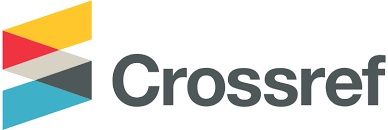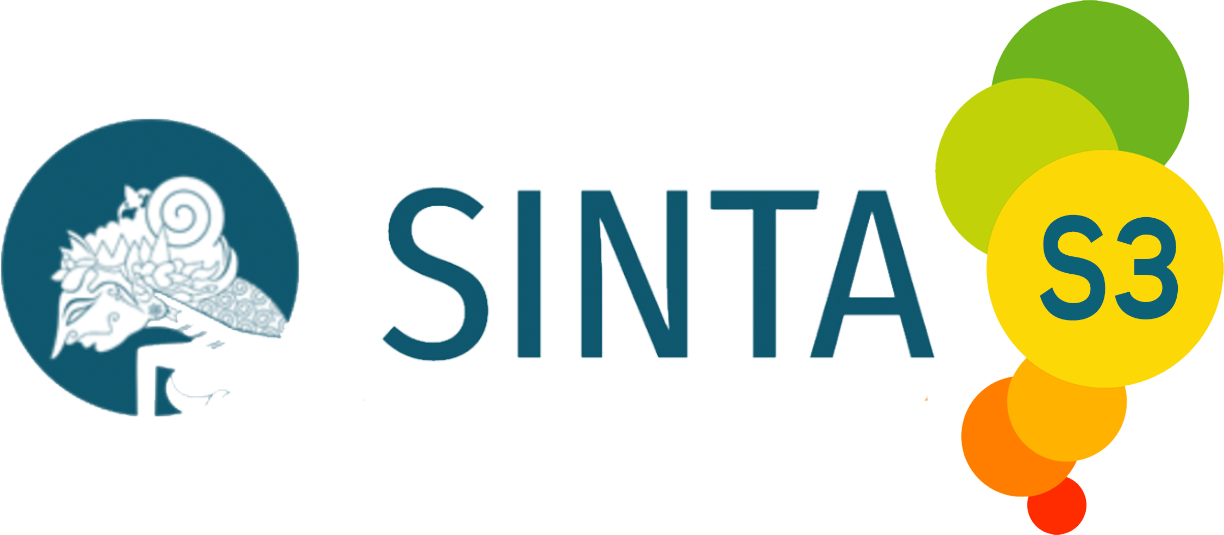Komponen Bioaktif pada Madu Karet (Hevea brasiliensis) Madu Kaliandra (Calliandra callothyrsus) dan Madu Randu (Ceiba pentandra)
DOI:
https://doi.org/10.21776/ub.jitek.2017.012.02.6Keywords:
MaduAbstract
The objectives of this study were to determine of bioactive compoounds from the different plants such as kapok, calliandra and rubber. The samples were obtained from Kediri (Calliandra), Sragen (Rubber) and Pasuruan (Kapok). The results showed the different of bioactive compounds. It had the following phenolic content ranged from 309.12 ± 33.40 mg/GAE kg (Kapok honey) to 557.93 ± 13.41 mg/GAE kg (Calliandra honey), flavonoid content ranged from 47.25 ± 1.49 mg QE/100 g (Kapok honey) to 156.27 ± 5.69 mg/GAE kg (Calliandra honey), vitamin C content ranged from 25.47 ± 1.62 mg/100 g (Kapok honey) to 31.04 ± 1.45 mg/100 g (Calliandra honey). The IC50 of Calliandra honey (3.36 ± 0.89 mg/mL) showed that antioxindat activity is higher than Rubber and Kapok honey (15.08 ± 1.49 mg/mL and 16.83 ± 1.23 mg/mL, respectively).
Â
References
Bogdanov, S., Jurendic, T., Sieber, R., & Gallmann, P. (2008). Honey for nutrition and health: a review. Journal of the American College of Nutrition, 27(6), 677–89.
Barra, M.P.G., Ponce-Diaz, M.C. & Venegas-Gallegos, C. (2010). Volatile compounds in honey produced in the Central Valley of Nubile Province, Chille, Chillean. Journal of Agricultural Research., 70 (1), 75-84.
Bertoncelj, J., U. Doberšek, Jamnik, M. & Golob, T. (2007). Evaluation of the phenolic content, antioxidant activity and colour of Slovenian honey. Food Chemistry., 105, 822-828.
Buba, F., Gidado, A. & Shugaba, A. (2013). Analysis of biochemical composition of honey samples from North-East Nigeria. Biochemical and Analytical Biochemistry, 3 (2), 1-7. doi: 10.4172/2161-1009.1000139
Ferreira, I. C. F. R., Aires, E., Barreira, J.C.M., & Estevinho, J. C. M. (2009). Antioxidant activity of portuguese honey samples: different contributions of the entire honey and phenolic extract. Food Chemistry, 114, 1438-1443. https://doi.org/10.1016/j.foodchem.2008.11.028
Ita, B.N. 2011. Antioxidant activity of honey samples from the Southern Rainforest and Northern Savannah ecosystems in Nigeria. International Journal Pharmaceutical Sciences and Research., 2 (8), 2115-2120. DOI: http://dx.doi.org/10.13040/IJPSR.0975-8232.2(8).2115-20
Khalil, M.I., Sulaima, S.A., & Boukraa, L. (2010). Antioxidant properties of honey and its role in preventing health disorder. The Open Nutraceuticals Journal, 3, 6-16. https://doi.org/10.2174/18763960010030100006
Khalil, M.I., Moniruzzaman, M., Boukraa, L., Benhanifia, M., Islam, M.A., M.N. Islam, Sulaiman, S.A. & Gan, S.H. (2012). Physicochemical and antioxidant properties of algerian honey. Molecules, 17(9), 11199-11215. https://doi.org/10.3390/molecules170911199
Kumalaningsih, S. (2006). Antioksidan Alami. Trubus Agisarana. Surabaya.
Mledenovic, M., & Radus, R. (2014). Corelation between the strength of colony the honey area and pollen area of the observed lines of yellow honey bee in Vosvodina, Biotechnology and Biotechnological Equipment, 24(2), 423-426. DOI: 10.1080/13102818.2010.10817876
Moniruzzaman, M., Khalil, M.1., Sulaiman, S.A., & Gan, S.H. (2013). Physicochemical & antioxidant properties of malaysian honeys produced by apis cerana, apis dorsata and apis mellifera. BMC Complementary and Alternative Medicine, 13(1), 43. https://doi.org/10.1186/1472-6882-13-43
Moniruzzaman, M., Sulaiman, S.A., Khalil, M.1., & Gan, S.H. (2013). Evaluation of physicochemical and antioxidant properties of sourwood and other Malaysian honeys: a comparison with manuka honey. Chemistry Central Journal, 7(1), 138. https://doi.org/10.1186/1752-153X-7-138
Pontis, J.A., Alves da Costa, L.A.M., Reis da Silva, S.J., & Flachi, A. (2014). Color, phenolic and flavonoid content of honey from Roraima, Brazil. Food Science and Technology, 34(1), 69-73. http://dx.doi.org/10.1590/S0101-20612014005000015
Rafi, M., Widyastuti, N., Suradikusumah, E., & Darusman, L.K. (2012). Aktivitas antioksidan, kadar fenol dan flavonoid total dari enam tumbuhan obat Indonesia. Jurnal Bahan Alam Indonesia, 8 (3), 159-165.
Saxena, S., Gautam, S., & Sharma, A. (2010). Physical, biochemical and antioxidant properties of some indian honeys. Food Chemistry, 118, 391–397. https://doi.org/10.1016/j.foodchem.2009.05.001
Downloads
Published
Issue
Section
License
Copyright (c) 2017 Ustadi Ustadi, Lilik Eka Radiati, Imam Thohari

This work is licensed under a Creative Commons Attribution 4.0 International License.
Authors who publish with this journal agree to the following terms:
- Authors retain copyright and grant the journal right of first publication with the work simultaneously licensed under a Creative Commons Attribution License that allows others to share the work with an acknowledgement of the work's authorship and initial publication in this journal.
- Authors are able to enter into separate, additional contractual arrangements for the non-exclusive distribution of the journal's published version of the work (e.g., post it to an institutional repository or publish it in a book), with an acknowledgement of its initial publication in this journal.
- Authors are permitted and encouraged to post their work online (e.g., in institutional repositories or on their website) prior to and during the submission process, as it can lead to productive exchanges, as well as earlier and greater citation of published work (See The Effect of Open Access).















